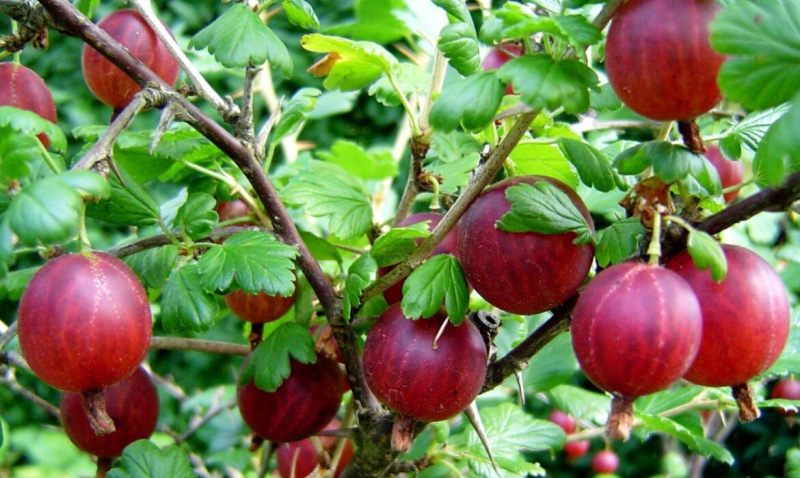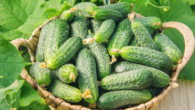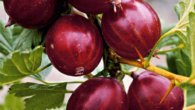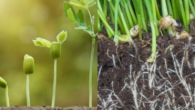
How to grow delicious gooseberries: we share “secrets”
1
The location of the bush is crucial for good fruiting.
Features of care and planting
Gooseberry will grow poorly if the place for it is swampy, too wet, in the shade, with high groundwater. The shrub needs a lot of sun. It is also not possible to plant gooseberries directly next to other crops.
In a tight space, the bushes are poorly illuminated and ventilated, compete for nutrients, and interfere with each other. This can cause various diseases and affect the yield.
It turns out that the basic rules for planting gooseberries are as follows: a high and bright area, the location of the bushes no closer than one and a half meters from each other. Strong-growing varieties – at a distance of at least three meters from each other.
To improve air and light permeability, gooseberries must be formed in a standard form or on a trellis in the form of a small bush.
Gardeners usually prefer vertical forms, as this allows saving space on the site. And if your gooseberry is formed in the form of a bush, it is better to install supports, otherwise the branches with berries will lean towards the ground and can catch an infection.
Watering and fertilizer
An important stage is the time before flowering. During this period, weed the near-stem circle, loosen the soil no deeper than seven centimeters. Otherwise, you can damage the roots, because they are located on the surface.
Be sure to water the gooseberry if the weather is hot. Then you need to feed the bush. For this, a solution of chicken droppings infusion, urea, and complex mineral fertilizers are used.
After feeding, mulch the near-stem circle with sawdust or peat. This procedure allows you to retain moisture in the soil longer, prevents the formation of a soil crust.
After fruiting, a second feeding is usually carried out – with ash infusion or potassium-phosphorus fertilizers. It is now that the plant is laying fruit buds for the coming year.
How to fight pests
Don't forget to water the gooseberry if the summer is very hot. For shrubs, it is better not to use sprinkling, but to water under the root. Be sure to warm the water under the sun, do not use cold water. If the bush is too thick, remove the extra shoots.
Periodically inspect the gooseberries for diseases and pests. If you notice the first symptoms, take measures immediately: treat with fungicides or insecticides. Infusions of garlic, tansy, and onion husks also help well against pests.
Harvest is best harvested in dry weather, as the fruits ripen. You can choose a variety for any climate and your taste preferences.
Summer residents especially like thornless varieties of gooseberry, because it is easier to collect berries from them. But there are gardeners who prefer traditional varieties. Only you make the choice!









Leave a Reply